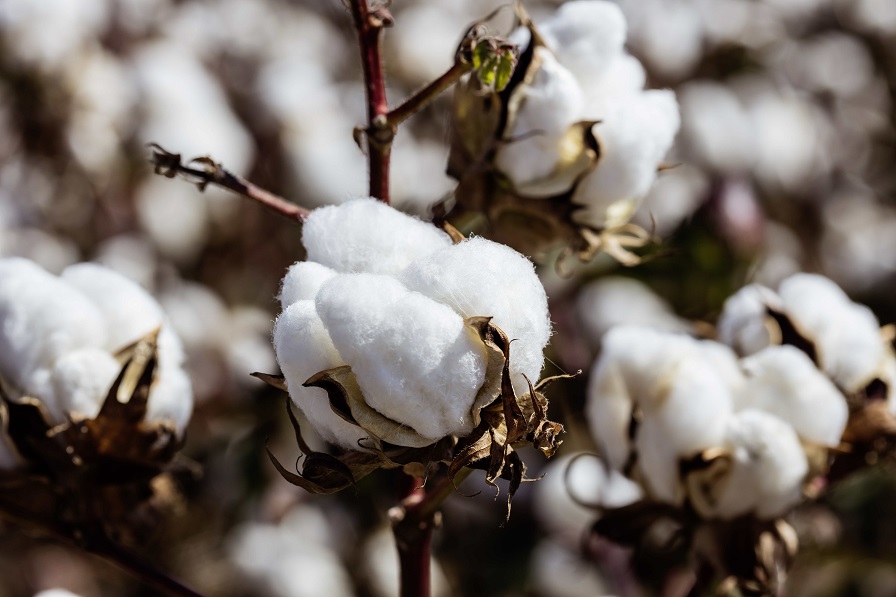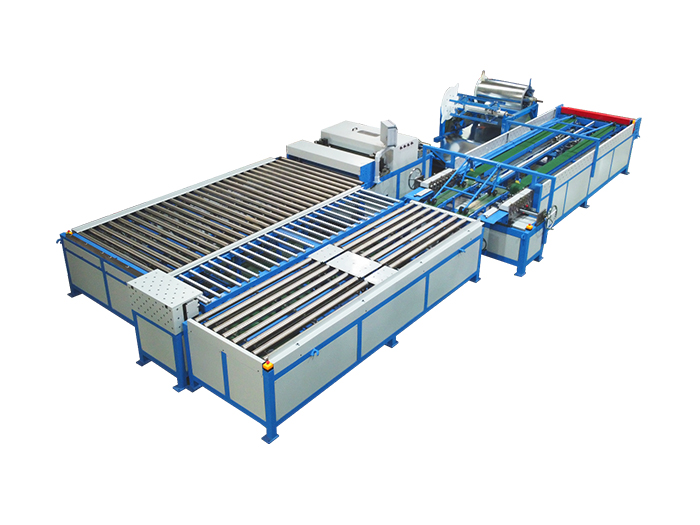
Cotton, known for its softness and versatility, has been a staple in the textile industry for centuries. However, beneath its seemingly flawless reputation, there are several disadvantages associated with cotton production and usage. In this article, we will delve into the lesser-known drawbacks of cotton, shedding light on its environmental impact, health concerns, and socio-economic implications.
- Environmental Impact:
Cotton cultivation is notorious for its heavy reliance on water and pesticides, making it an environmentally unsustainable crop. The extensive use of water in cotton farming depletes freshwater resources, leading to water scarcity in regions where it is grown. Additionally, the excessive application of pesticides contributes to soil degradation, water pollution, and harm to biodiversity. The environmental footprint of cotton extends beyond cultivation, as the energy-intensive processes involved in its manufacturing and transportation further contribute to carbon emissions and climate change. - Health Concerns:
Conventionally grown cotton involves the use of pesticides, herbicides, and synthetic fertilizers, which can have detrimental effects on human health. Exposure to these chemicals during cultivation, processing, and manufacturing can lead to various health issues, including skin irritations, respiratory problems, and even long-term chronic illnesses. Furthermore, the use of toxic chemicals in cotton production poses risks to the health of farmers and workers in the textile industry, who are often exposed to these substances without adequate protection. - Socio-economic Implications:
The cotton industry has a complex socio-economic landscape, with several disadvantages affecting both farmers and workers. Small-scale cotton farmers often face challenges such as fluctuating market prices, high production costs, and limited access to credit and resources. This can lead to financial instability and perpetuate the cycle of poverty in cotton-growing regions. Moreover, the labor conditions in the textile industry, particularly in developing countries, have been a subject of concern, with reports of low wages, long working hours, and poor working conditions. - Alternatives and Solutions:
Recognizing the drawbacks of cotton, there has been a growing interest in sustainable alternatives. Organic cotton, for instance, is cultivated without the use of synthetic chemicals, reducing the environmental and health risks associated with conventional cotton. Additionally, the development of innovative textile materials, such as hemp, bamboo, and recycled fibers, offers more sustainable options for the fashion industry. Embracing these alternatives can help mitigate the negative impacts of cotton and promote a more sustainable and ethical approach to textile production.
Conclusion:
While cotton has long been cherished for its comfort and versatility, it is crucial to acknowledge its hidden drawbacks. From its environmental impact to health concerns and socio-economic implications, the disadvantages of cotton are multifaceted. By understanding these issues and exploring sustainable alternatives, we can work towards a more responsible and conscious approach to the textile industry, ensuring a healthier planet and improved well-being for all involved.





